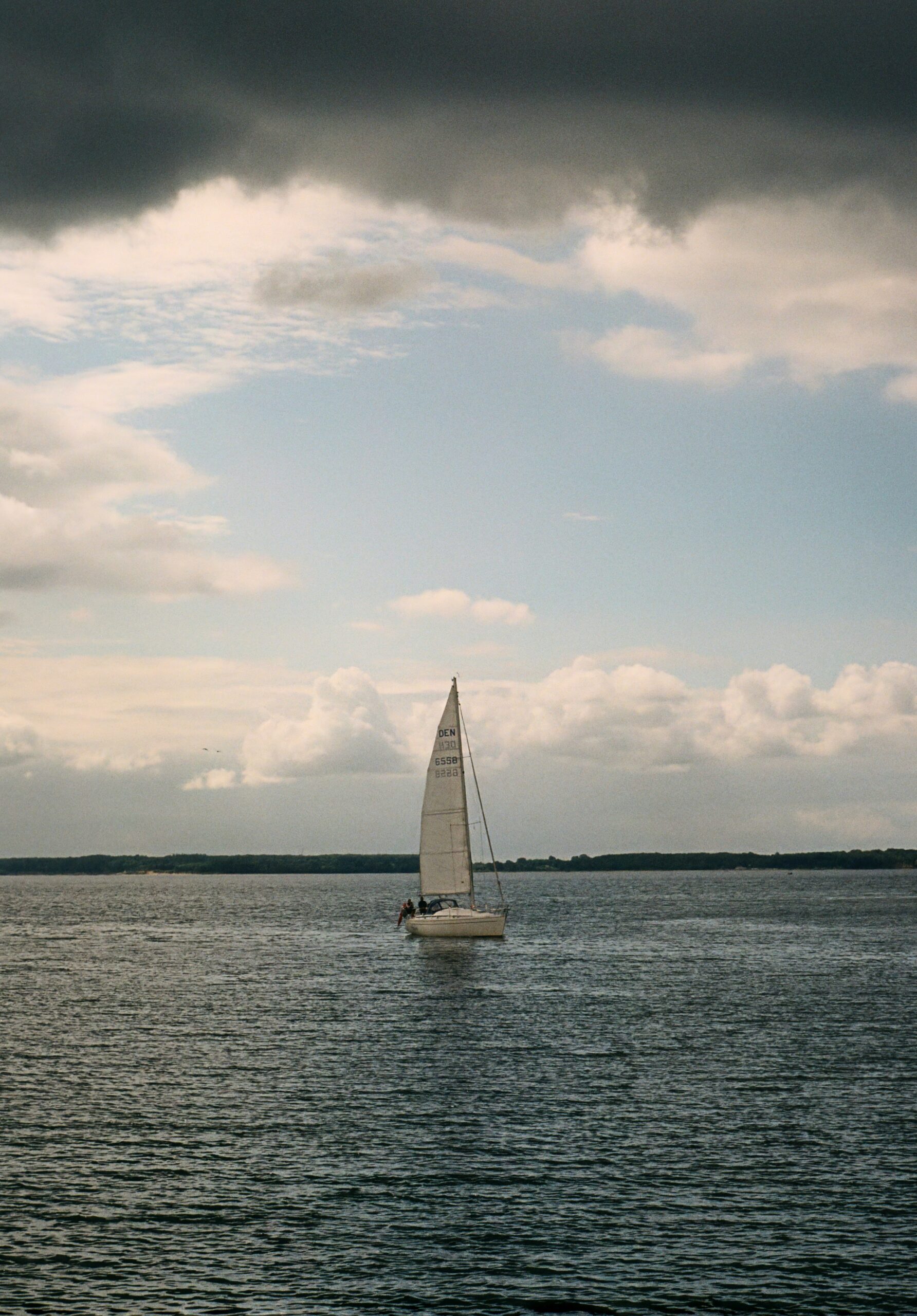
Solo sailing through Florida’s vast and dynamic coastal waters offers unparalleled freedom and adventure. From the sparkling Atlantic Ocean to the serene Gulf of Mexico, Florida presents a variety of sailing experiences. However, venturing alone requires extra preparation, skills, and safety awareness. Whether you’re planning to explore the Intracoastal Waterway, sail the Florida Keys, or traverse the Gulf Coast, these essential solo sailing tips will help you maximize your enjoyment while minimizing risks.
Understanding Florida’s Changing Weather Patterns
Florida’s weather can be unpredictable, which makes it crucial for solo sailors to stay prepared for rapid changes. From sunny days to sudden afternoon thunderstorms, anticipating and reacting to shifting conditions is key. The state experiences intense thunderstorms, especially during the summer, which can quickly escalate into strong winds and heavy rainfall. Before you head out, check weather forecasts, keeping an eye on local conditions and potential storms, particularly during hurricane season from June through November.
In addition to storms, Florida’s coastal waters experience frequent wind shifts, which can change your course unexpectedly. Winds tend to be lighter in the mornings and pick up as the day progresses. It’s helpful to know how to adjust your sails accordingly. Similarly, the waters can turn from calm to choppy in minutes, making it essential to be aware of your environment and prepared to make adjustments. Knowing how to react to forecasted and unexpected weather patterns will keep you safe and allow you to enjoy your solo sailing adventure without interruption.
Navigating Florida’s Complex Waterways
Navigating Florida’s waterways can be exciting and challenging due to the state’s intricate system of inlets, channels, and shallow areas. Solo sailors must familiarize themselves with the most commonly used routes and channels before embarking on a journey. From the Everglades to the Florida Keys, each region has its own set of unique navigation challenges. The waters are often congested with other boats, and numerous sandbars, shoals, and hidden obstacles can pose a threat if you’re not paying attention.
Understanding local tide charts is also crucial, as tides can significantly affect your ability to navigate certain areas. For example, the tide’s movement can alter the depth of the water, exposing sandbars or shallow reefs that could damage your boat. By planning your trips around favorable tides and utilizing charts and GPS, you can steer clear of these hazards and stay on course. Solo sailors should always be vigilant when navigating through narrow channels or unfamiliar waters. Knowledge of local waterways and tide schedules will help ensure smoother sailing and safer journeys.
Prioritizing Safety on Solo Sailing Adventures
Sailing alone comes with additional safety concerns to address before heading out onto Florida’s waters. With no crew to assist, you need to be prepared for any situation that may arise. The first step is ensuring your boat has all the necessary safety equipment. This includes a personal flotation device (PFD) for each crew member (or yourself, in this case), a marine radio, flares, and a first aid kit. If you are venturing into areas farther from shore, consider carrying additional emergency supplies, such as water, food, and a flashlight.
Safety extends beyond just having the right equipment. Before embarking on your solo sailing adventure, sharing your planned route and estimated return time with a trusted friend or family member is crucial. In an emergency, this information will help rescuers find you more quickly. Additionally, solo sailors should understand maritime safety procedures, including handling a man-overboard situation, using a distress signal, or performing basic boat repairs. These precautions ensure that you’re ready to handle whatever challenges arise on the water.
Whether sailing on the calm waters of the Intracoastal Waterway or the open seas of the Gulf, mastering your boat and sailing techniques is crucial for solo sailing success. This means deeply understanding your vessel’s systems, such as the rigging, sails, engine, and electronics. Before venturing out alone, take the time to thoroughly inspect your boat and ensure that everything is in working order. Knowing how to troubleshoot minor problems while out on the water is a valuable skill that can help prevent a minor issue from becoming a bigger problem.
Continuous Learning and Staying Connected with the Sailing Community
The world of solo sailing is vast, and the more you sail, the more you’ll learn about the journey’s technical and mental aspects. Florida’s waters offer a dynamic and diverse experience for sailors, and staying engaged with the local sailing community can be incredibly valuable. Whether you attend workshops, join sailing clubs, or talk to other solo sailors, sharing experiences and tips can expand your knowledge and make your sailing more enjoyable.
Moreover, learning and growing as a sailor will help you improve your skills. Whether it’s understanding advanced navigation techniques, weather prediction, or boat maintenance, the sailing community is an excellent resource for honing your craft. Engaging with fellow sailors and learning from their experiences can help you develop a broader perspective on solo sailing in Florida’s unique and often challenging coastal waters.
Solo sailing in Florida offers a thrilling way to explore the state’s beautiful coastlines, but it requires preparation, safety awareness, and a commitment to continuous learning. By mastering your boat, understanding the waters, and respecting the environment, you can ensure that your solo sailing adventures are exciting, safe, and responsible.